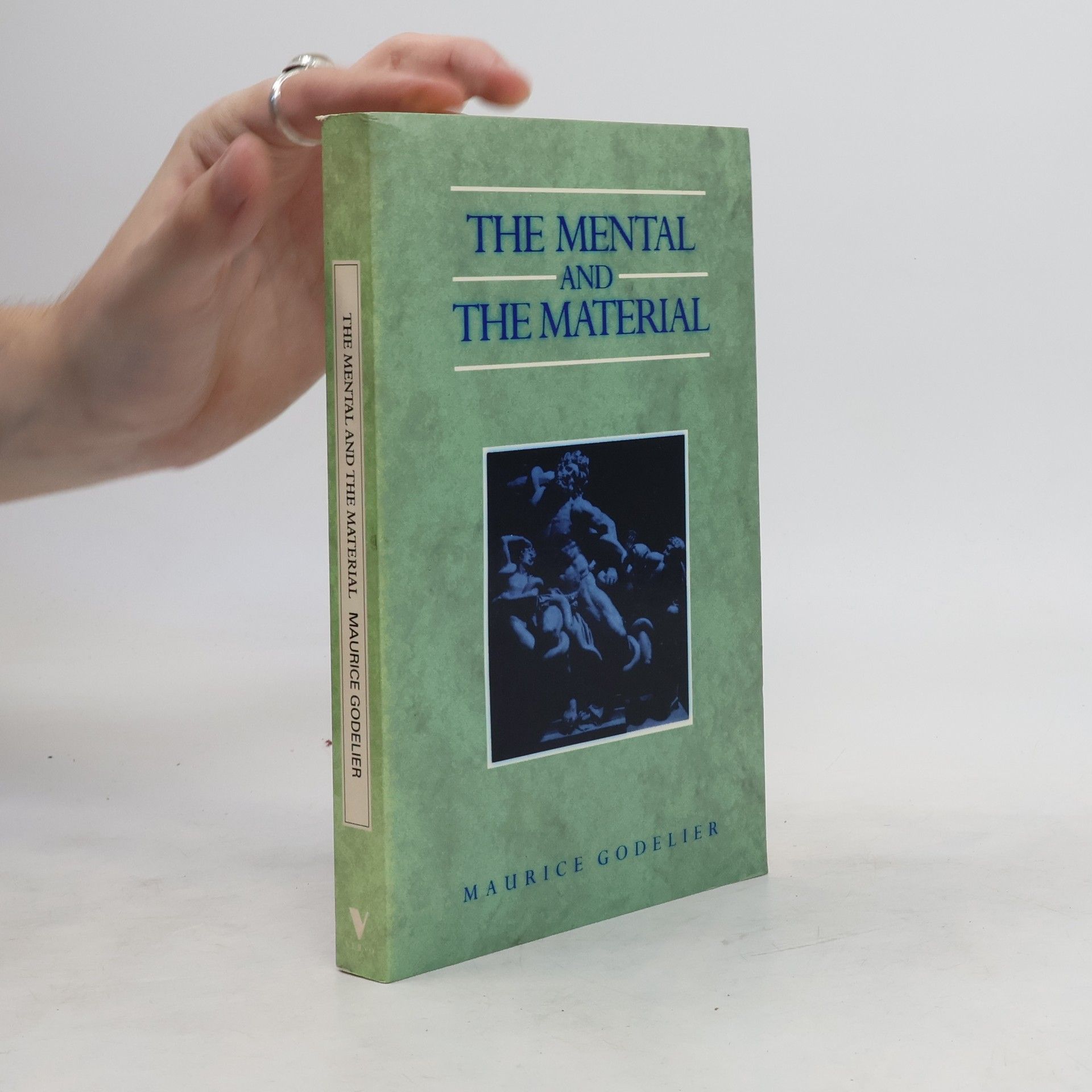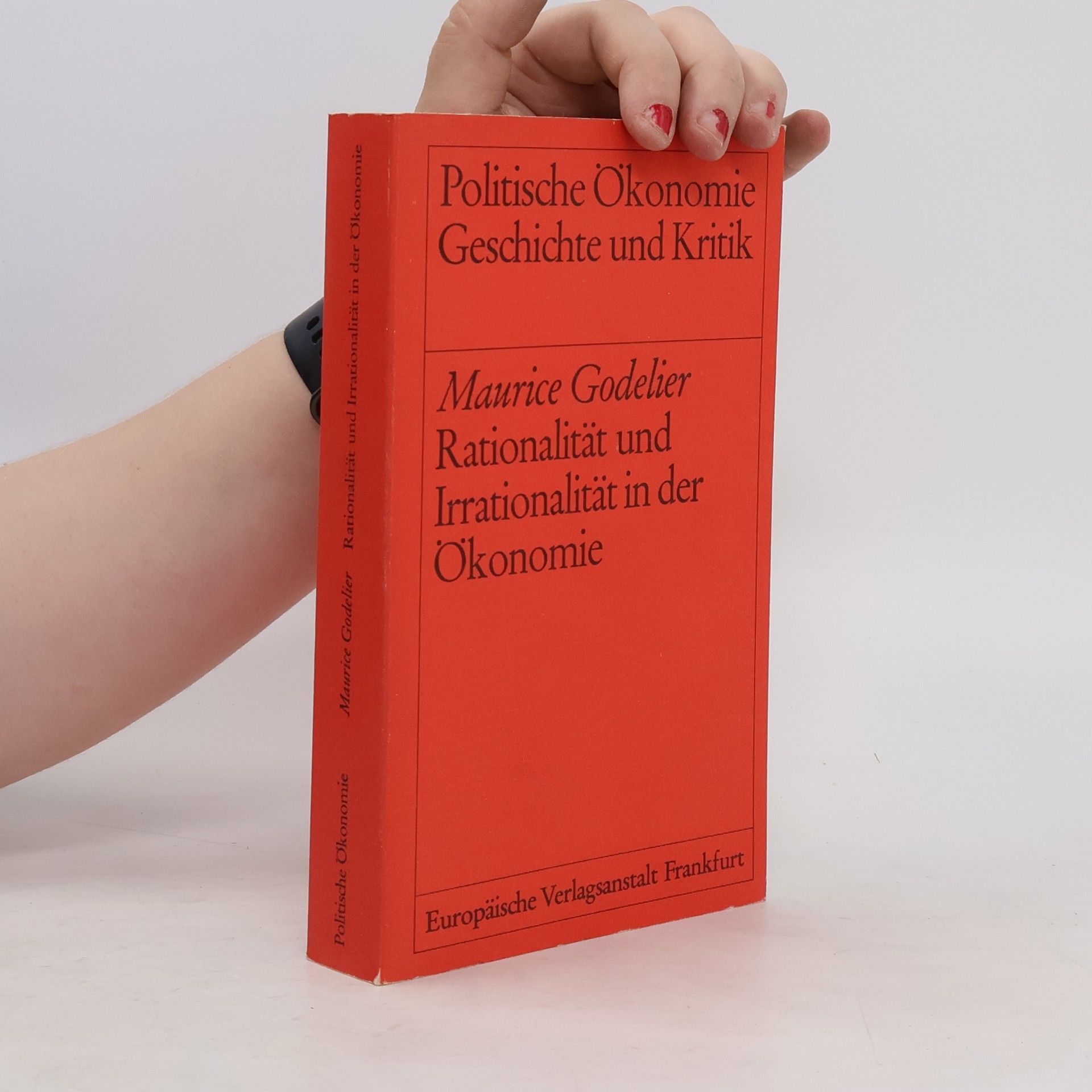La production des grands hommes
pouvoir et domination masculine chez les Baruya de Nouvelle-Guinée
- 389pages
- 14 heures de lecture
Les Baruya sont une société tribale de Nouvelle-Guinée, découverte en 1951 seulement, et qui, à cette époque, abandonnait ses outils de pierre pour des haches et des machettes d'acier dont elle ignorait totalement la provenance. En 1975, la Nouvelle-Guinée devint indépendante, et les Baruya se retrouvèrent citoyens d'un État membre des Nations unies. Maurice Godelier a effectué chez eux de fréquents et longs séjours à partir de 1967, alors que les principes de l'organisation traditionnelle de leur société étaient encore présents dans toutes les mémoires des Baruya. Il nous livre, dans cet ouvrage classique, une fascinante reconstitution de leur ancien mode de vie ainsi que l'analyse des transformations qui ont suivi l'instauration de l'ordre colonial, l'arrivée du marché et de l'argent, celle des missionnaires et du christianisme. On y voit cette petite société, productrice de Grands Hommes, s'intégrer peu à peu dans le nouvel ordre mondial.





